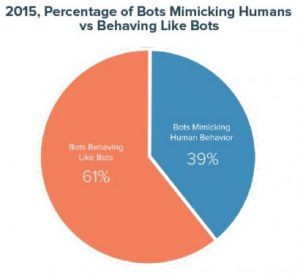by David Baker, November 17, 2014
Outside of new customer acquisition, reactivating customers can be the most frustrating and expensive exercise you ever take on, also providing some of the worst performance metrics you’ll ever see. While there’s been hundreds of articles written on the topic, here’s my slightly different take that hopefully will expand how you think about this.
Timing! The first key to any program’s success is when to do it. Let’s start with when you don’t run these type of programs. I’ve not seen many succeed when they compete with major holiday traffic. There is simply too much noise from the brands you engage with regularly to stand out. However, do run a reactivation email program in concert with your mainstream advertising. We know the recall when there are two or more channels with the same message.
It might be worthwhile to do a bit of analysis on the original conversion source vs. simply dumping it into a common file and working from scratch. There was a reason why customers originally engaged with your brand: A promotion? A time of year? Drill into the source of the customer and that will help you work on reactivation in the context of some historical pattern. Remember, consumers are typically episodic in nature and in a stimulation rich society, most will react similarly to how/what they’d done in the past.
Money talks! They were a customer or subscriber and are not now. Why? Did you oversaturate them? Did they have a bad experience with your brand? Did you lose them to a competitor? That’s why I actually prefer the term “win back” to “reactivation.” You must “win” them back. You need to get their attention, and money/rewards are the primary driver. We can talk about context and brand messaging, but engagement is a currency you have to pay for. Create something unique for this audience. I’ll give you a hint: A deeper discount won’t incentivize someone who won’t buy from you in the first place. Be creative with rewards, and don’t limit yourself to “your” goods solely as a source of reward.
One channel? Why? This is a multidimensional world with a four-screen consumer paradigm. Why do most think of reactivation with email only? The entire consumer world is mapped, it is owned by bits and pieces of companies. The question you should be asking is, what do I need to know about these people that I don’t know and how much am I willing to spend to engage them? That will define what sources are available to you and how persistent you’ll need to be to win at this.
Quarantine this program, keeping these customers partitioned from your general universe of customers. Two reasons for this: 1. Don’t mess with trends, by spiking them up/down for adhoc bi-annual exercises. Fact is, this is not your typical customer, or a decaying customer, it’s a dormant customer and response variance shouldn’t be introduced into this overall analysis. At the end of the day, you need to justify this program financially — and it’s not apples to apples with the rest of your customers. 2. They need to be treated differently. Not just messaging, but cadence, and likely channel mix.
Last tip: With all the consortiums and connected data sources, it’s fairly easy to tell if customer A is buying from Brand B, your competitor, or even a complementary brand. This data will definitely help you tell a story of why you should run these programs, how to allocate budget from other channels in concert, and what value they could bring to your company.
Be creative and challenge yourself to do more. As the poet T.S Eliot said, “If you aren’t in over your head, how do you know how tall you are?”
(377)






